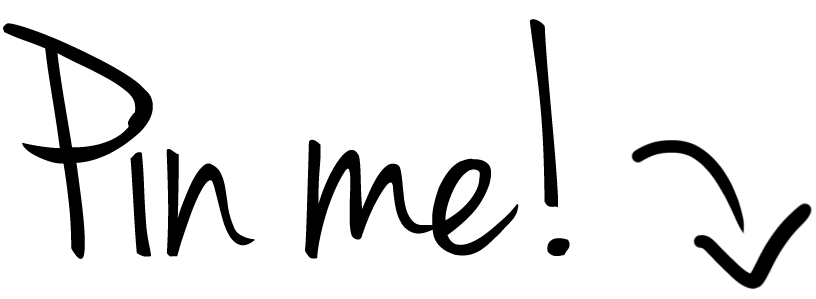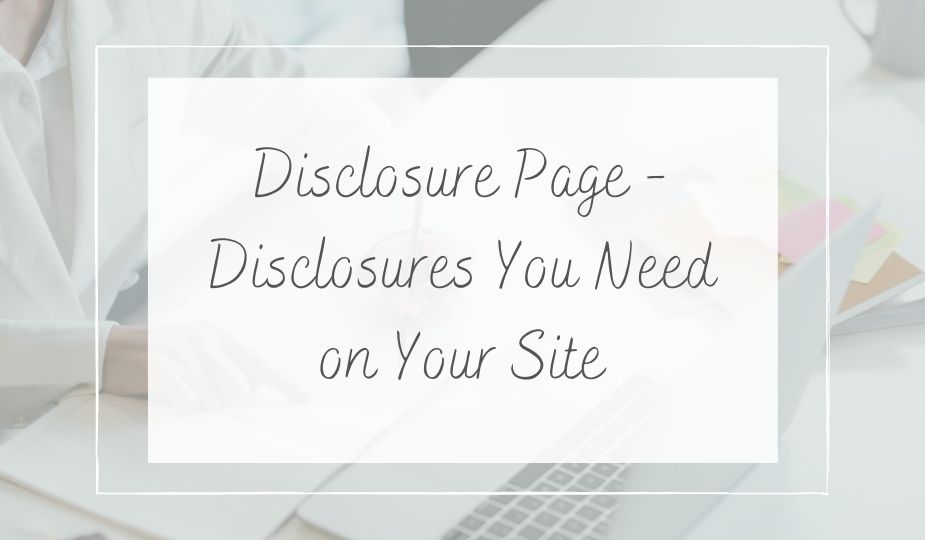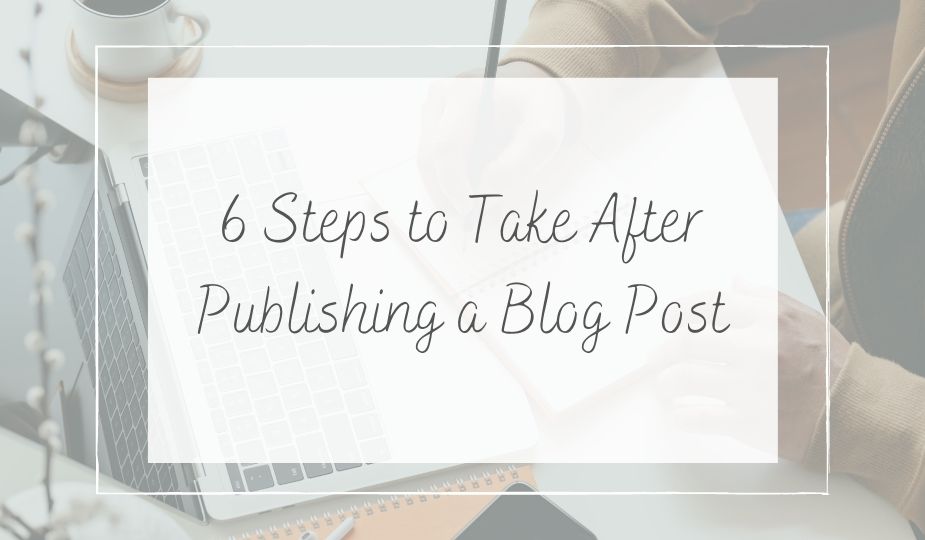If you are running a monetized blog, then you are required by law to have a disclosure page. I’ll cover exactly what that means in this article. And I’ll also share two different templates for you at the end of the post.
So far we’ve created a “Start Here” page, an “About Me” page, and a “Privacy Policy Page” for our blog. Today we’re going to create a “Disclosure Page” and learn more about what disclosure is exactly.
Blogging can be a lot of fun and a little bit addicting. You’re in control of what you say and do and there’s no boss to answer to. You are the boss here!
However, just because you’re deciding what you write about doesn’t mean you don’t have to include all the legal stuff. And if you live in the United States and run a monetized blog, then a disclosure page is an absolute must. It’s a legal requirement you need to stay out of trouble.

Click here to read about all the important pages your blog needs.
Disclosure vs. Disclaimer
Before we get started on your disclosure page, you may be asking yourself what the difference is between a disclosure and a disclaimer. Here’s the simple version:
Disclosures provide your readers with all the necessary information regarding a purchase or promotion. It’s giving your audience a head’s up that you will get paid if they make a purchase through your links.
Disclaimers let your readers know that you are just sharing information and it’s up to them what they do with that information. Basically, it’s a statement denying your responsibility.
What is a Disclosure Page for Blogs?
As mentioned above, a disclosure page for blogs is a written statement that lets your readers know about any relationships you have with brands, products, and partners mentioned on your site. It shares that there is a relationship between you and what you are promoting and there is money involved.
Not only is a disclosure page a legal requirement, it also creates transparency between you and your readers. This builds trust between you and your audience, which is necessary to run a successful blog.
Why is it required?
If you plan to monetize your site through ads, affiliate links, email marketing, selling products, or sponsored posts, then you are required to have a disclosure page.
Disclosures limit your liability on your content, meaning they help you stay legal and out of trouble.
The FTC (Federal Trade Commission) has established policies that you must follow in order for your blog to remain legal. These policies allow your readers to know and understand that you will be paid for sharing certain information.
You can read the full report here so you can understand what is required by law. I highly recommend reading it all very closely.
Types of Content Requiring Disclosures
Any time you share a product, company, or band that you will be paid for, then you must include a blog disclosure. This can be a simple statement at the top of your page, but it should link to a disclosure page that has more information.
Here are two examples of when you can add the simple statement to the top of your posts:
1. Sponsored posts
Sponsored posts are posts that you are writing for someone else, such as a brand, and getting paid for. For example, a certain brand of soap sends you their product to try and will pay you to write a post about it.
You are required by law to let readers know that this is a sponsored post. They need to understand that before they click your link to buy the soap for themselves.
2. Affiliate links
Affiliate marketing is where a lot of bloggers make money. Adding a link to a product that your readers may purchase requires a disclosure since you will get paid if they buy the product. For example, writing a post about your favorite farmhouse wall décor and adding links to Amazon for readers to purchase.
Where do you put a disclosure statement?
When you write a sponsored post or a post with affiliate links, a blog disclosure statement must be placed as close to the link as possible. Your reader has to see the disclosure before clicking the link.
A link to your disclosure page must be visible on every page. It’s best to add it to a menu or your website’s footer. I include a link to mine in the footer. Also, you need to add a link to your disclosure page in your disclosure statement.
Sponsored posts
For sponsored posts, a simple disclosure statement can be added to the top of your post before your blog content. For example: “This is a sponsored post on behalf of (company name). All opinions are my own.”
If you plan to share your sponsored post to Instagram, Twitter, or Pinterest then you also have to share a disclosure statement there. A simple way of doing this is to use the hashtags #sponsored or #ad or both. This lets readers know that you were paid to write the post before they read it.
Sharing a sponsored post to Facebook also requires a disclosure statement, but you have to go about it differently. They have policies that you must follow or your post will be removed or they can even shut down your entire account. (This is another reason I do not use Facebook for my blog.)
To share a sponsored post on Facebook you first have to apply to have branded content on your own page. To do this, you must follow these steps:
- Visit the branded content tool page
- Select the page you want to use
- Click send
It takes up to 2 business days for them to respond. You can read more about Facebook Branded Content here.
Affiliate links
Affiliate links also require a disclosure statement, which should be as close to the link as possible. Just typing “affiliate links” somewhere in your post is not enough. You have to let your readers know that your content has affiliate links and you will be paid if they make a purchase through one or more of your links.
For example: On my lifestyle blog, I write a short introduction, then a header before my main content. I know my affiliate links will be in that content, so I include a short disclosure statement saying “Posts contain affiliate links. I may be compensated if you make a purchase through one of the links. To learn more about what this means for you, click here.” I include a link to my disclosure page in the word “here”.
Amazon has its own disclosure statement that you must include somewhere on your site. You can copy this statement and put it directly in your disclosure page, or put it on your site’s sidebar or in the footer. You can read about that here, under #5: Identifying Yourself as an Associate.
How to Write a Disclosure Page for Your Blog
Now that we have went over what a disclosure page is, why it is required, and where you should put a disclosure statement, let’s learn how to write one.
Here are some disclosure page examples that I love.
Example #1
“This blog is a personal blog written and edited by me. We accept forms of cash advertising, sponsorship, paid insertions, or other forms of compensation.
Also, this blog abides by word of mouth marketing standards. We believe in honesty of relationship, opinion, and identity. The compensation received may influence the advertising content, topics, or posts made in this blog. That content, advertising space, or post will be clearly identified as paid or sponsored content.
The owner of this blog may be compensated to provide opinion on products, services, websites, and various other topics. Even though the owner of this blog receives compensation for our posts or advertisements, we always give our honest opinions, findings, beliefs, or experiences on those topics or products. The views and opinions expressed on this blog are purely the bloggers’ own. Any product claim, statistic, quote or other representation about a product or service should be verified with the manufacturer, provider, or party in question.
This blog may contain content which might present a conflict of interest. This content will always be identified.”
Example #2
“This blog accepts forms of cash advertising, sponsorship, paid insertions, or other forms of compensation. Any paid or compensated content will be clearly distinguished as such. All opinions are, and will always be, my own.
Any product claim, statistic, quote, or other representation about a product or service should be verified with the manufacturer or provider in question.
Also, this blog also publishes affiliate links. An affiliate link means I may earn a commission if you make a purchase through my link, without any extra cost to you. (Thank you for your support!)“
You can use these as a reference, but please make your disclosure page your own. It should come from you with your writing personality. But it should include all the legal requirements and don’t forget to add in the Amazon statement if you are an Amazon affiliate.
I don’t make a full separate disclosure page for my blog. I include it at the bottom of my Privacy Page. You can do this, as well, or you can make it a full page. It’s entirely up to you how you do it as long as you do it.





